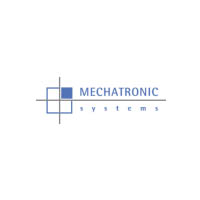Printers
One of the most important parts of the surface mount assembly process is the application of solder paste to the printed circuit board (PCB). Printing is the process of depositing solder paste on the printed boards to establish electrical connections. The real benefits of printing solder paste are speed and consistency of manufacturing.
The most common method of applying solder paste to a PCB using a stencil printer is squeegee blade printing. The equipment and materials used in this stage are a stencil, solder paste, and a printer.
- The stencil is a metal foil with numerous apertures cut into it corresponding to where paste should go onto the PCB.
- The squeegees are the tools used to apply the necessary force required to move the solder paste across the stencil and on to the PCB which usually made from metal but can also be made from polyurethane.
The process begins with loading the board into the printer. The internal vision system aligns the stencil to the board, the squeegee prints the solder paste, the paste rolls across the stencil, filling the apertures as it moves. The stencil is lifted from the PCB leaving the solder deposits on the PCB pads. The stencil and board are then separated and unloaded.
Solder paste printing can be in manual or automatic systems form.
Wida provides you a wide range of printers from Fuji and Mechatronic Systems which are among the best.
| Fuji | Mechatronic Systems |
|
|


